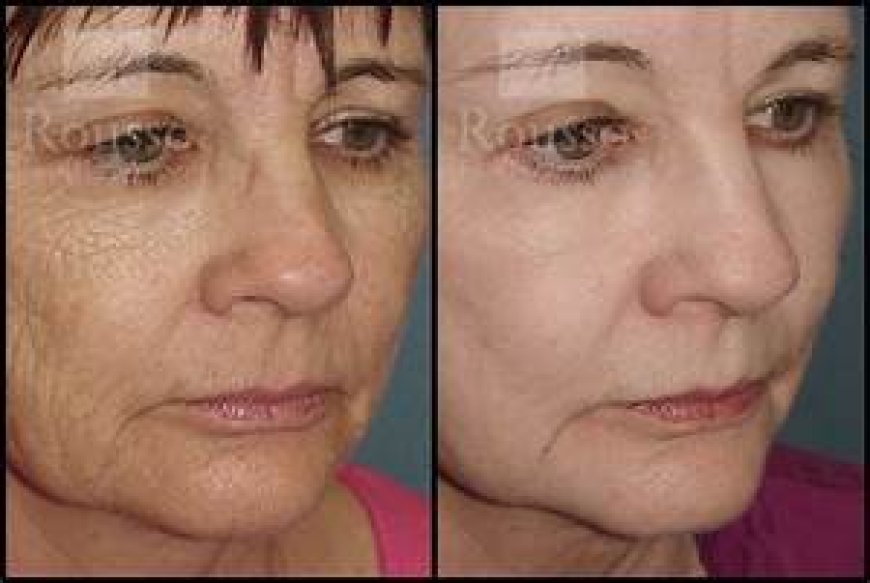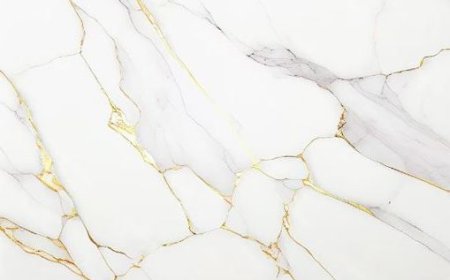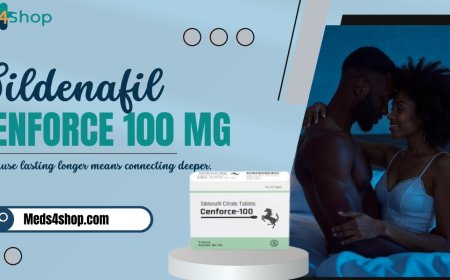Understanding Chemical Peel Before and After Results: A Complete Guide

Chemical peels have gained popularity as an effective skincare treatment for reducing acne scars, improving skin tone and pigmentation, and softening fine lines. If youre considering this treatment, its important to know what to expect both immediately after the procedure and in the weeks that follow.
In this comprehensive guide, well walk you through Chemical Peel Before And After results, explain the different types of peels, and offer practical tips for achieving the best possible outcome.
What Is a Chemical Peel?
A chemical peel is a skin resurfacing treatment in which a solution is applied to remove the upper layers of skin. As the damaged skin peels away, new skin formssmoother, more radiant, and with fewer imperfections. Peels can be performed on the face, hands, or neck.
Types of Chemical Peels:
-
Superficial Peels: Target the outermost skin layer (epidermis); ideal for mild discoloration or rough texture.
-
Medium Peels: Reach the middle layer of skin; treat moderate sun damage, acne scars, and fine lines.
-
Deep Peels: Penetrate deeper layers of the dermis; used for more severe wrinkles, deep scars, and pigmentation issues.
Why Should You Consider a Chemical Peel?
People opt for chemical peels to address a range of skin concerns, including:
-
Fine lines around the eyes and mouth
-
Acne and acne scars
-
Sun-damaged skin
-
Age spots, melasma, and freckles
-
Uneven skin tone and rough texture
-
Enlarged pores
Many individuals notice a visible improvement in their chemical peel before and after results after just one sessionespecially when undergoing medium or deep peels.
The Science Behind Chemical Peel Results
Chemical peels use ingredients like glycolic acid, salicylic acid, or trichloroacetic acid (TCA) to break the bonds between dead skin cells. This controlled injury prompts skin to shed and regenerate. It also stimulates collagen production, improving firmness and elasticity over time.
Expected outcomes include:
-
Smoother skin texture
-
Diminished blemishes and scars
-
Reduced appearance of fine lines
-
A radiant, even-toned complexion
Chemical Peel Before and After: What to Expect
Before the Peel
Your skin may have:
-
Active acne or breakouts
-
Dark spots or pigmentation issues
-
Dullness and uneven tone
-
Large pores and rough texture
Your dermatologist will typically advise you to:
-
Avoid sun exposure for at least a week
-
Discontinue retinoids and exfoliants
-
Moisturize regularly and apply broad-spectrum SPF daily
Immediately After the Peel
-
Skin may feel tight, sensitive, or slightly red
-
Mild flaking or peeling may begin in 13 days
-
Avoid sunlight and strictly follow aftercare instructions
In the Following Days
-
Peeling may last 57 days depending on the type of peel
-
Brighter, clearer skin starts to emerge as dead skin sheds
-
Continued improvement is seen over 24 weeks
How Much Improvement Can You Expect?
The difference in chemical peel before and after results depends on several key factors:
-
Type of Peel: Superficial peels offer subtle improvement; medium and deep peels provide more dramatic changes.
-
Skin Type and Concerns: Individuals with sun damage, deep scars, or pigmentation may require multiple sessions.
-
Post-Treatment Care: Proper hydration, sun protection, and gentle skincare play a critical role in healing and results.
Some people see results within a few days, while others experience gradual improvement such as reduced breakouts or lighter pigmentation over several weeks.
Also Read: What is Lepbound
Chemical Peel Before and After Photos: What They Reveal
When reviewing chemical peel before and after photos, youll often notice:
-
Fewer breakouts and blemishes
-
Smoother, firmer skin
-
Reduced hyperpigmentation and dark spots
-
Smaller-looking pores and refined texture
These images help set realistic expectations, but remember: every individuals skin responds differently. Look for examples from people with similar skin tone and concerns to get a more accurate preview.
How to Maximize Your Results
To get the most out of your chemical peel:
-
Follow Aftercare Guidelines: Dont pick or touch peeling skin. Use fragrance-free skincare only.
-
Hydrate Generously: A strong moisture barrier helps with healing and boosts radiance.
-
Use SPF Daily: UV rays can undo your progress. Apply SPF 30 or higher, even indoors.
-
Avoid Harsh Products: Skip exfoliants, retinoids, and strong actives until your skin has fully healed.
-
Plan a Series: For deeper concerns like scars or pigmentation, schedule multiple peels 46 weeks apart for long-term improvement.
Side Effects to Be Aware Of
While generally safe, chemical peels can result in temporary side effects, especially with deeper treatments:
-
Redness and sensitivity
-
Dryness or flaking
-
Swelling (particularly after deep peels)
-
Temporary discoloration
-
Skin purging or breakouts
If you experience blistering, severe pain, or signs of infection, contact your dermatologist immediately.
Conclusion: Is Chemical Peeling Worth It?
Understanding chemical peel before and after results can help you make more confident, informed skincare choices. Whether you're targeting acne, signs of aging, or hyperpigmentation, chemical peels can offer transformative results with the right care and guidance.
Though results arent instantaneous, consistent treatment and aftercare can lead to smoother skin, improved tone, and a healthier complexion. Consult a qualified skincare professional to determine which type of peel is best suited to your needs.
With patience and proper treatment, your chemical peel before and after experience can be the start of a long-term journey toward glowing, confident skin. Visit Behavioral Health for more information





















![Top 11 Real Estate Mobile App Developers in Riyadh, Saudi Arabia [2025 Edition]](https://www.philadelphialivenews.com/uploads/images/202506/image_430x256_68621a9e48997.jpg)






















![Top 11 Real Estate Mobile App Developers in Riyadh, Saudi Arabia [2025 Edition]](https://www.philadelphialivenews.com/uploads/images/202506/image_140x98_68621a9e4a204.jpg)